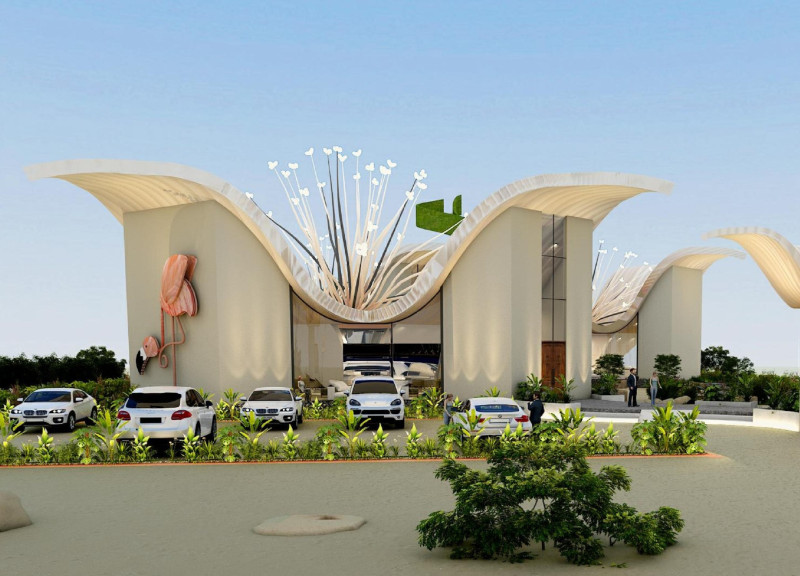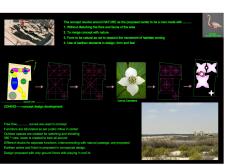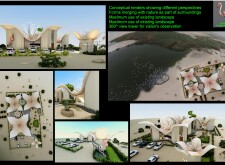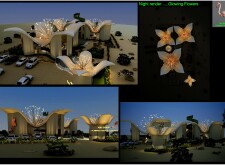5 key facts about this project
The overall design concept integrates architecture with the natural environment, ensuring that the building complements rather than disrupts local ecosystems. Utilizing forms inspired by native flora, the structure maintains a visual and functional harmony with its surroundings. The visitor center not only aims to inform and educate but also seeks to foster an emotional connection between visitors and the sensitive habitats nearby.
Unique Design Approaches
This project distinguishes itself through its emphasis on sustainability and ecological sensitivity. The use of curvilinear forms mimics organic shapes found in nature, creating an unobtrusive profile against the landscape. Sustainable materials and construction techniques are prioritized, aiming to minimize the environmental footprint.
The layout of the visitor center facilitates fluid movement through various areas, including exhibition rooms, observation decks, and outdoor learning spaces. These zones are designed to engage visitors directly with the natural environment, allowing for experiences such as birdwatching and guided nature trails. The incorporation of wildlife corridors further enhances the project’s commitment to preserving animal habitats, bridging the divide between architecture and nature.
Architectural Details
The Abu Dhabi Flamingo Visitor Center showcases a range of architectural elements that contribute to its functionality and sustainability. Large glass panels provide transparency and enhance connectivity with the exterior, allowing natural light to flood the interior spaces while offering visitors clear views of the local wildlife. The proposed use of earthen materials, such as rammed earth or adobe, aligns with the project’s dedication to sustainability and creates an earthy aesthetic that is consistent with the landscape.
Landscaping is meticulously planned, incorporating native plant species that will support local wildlife and contribute to the site’s ecological balance. The design also includes an observation tower, which not only serves a practical purpose but becomes a prominent feature of the architectural form, encouraging users to explore and appreciate the vistas of biodiversity.
For those seeking deeper insights into the Abu Dhabi Flamingo Visitor Center, reviewing architectural plans, architectural sections, and architectural designs will provide valuable context on how design ideas are executed in this project. Further exploration will highlight the unique approaches taken in both environmental integration and architectural expression.


























